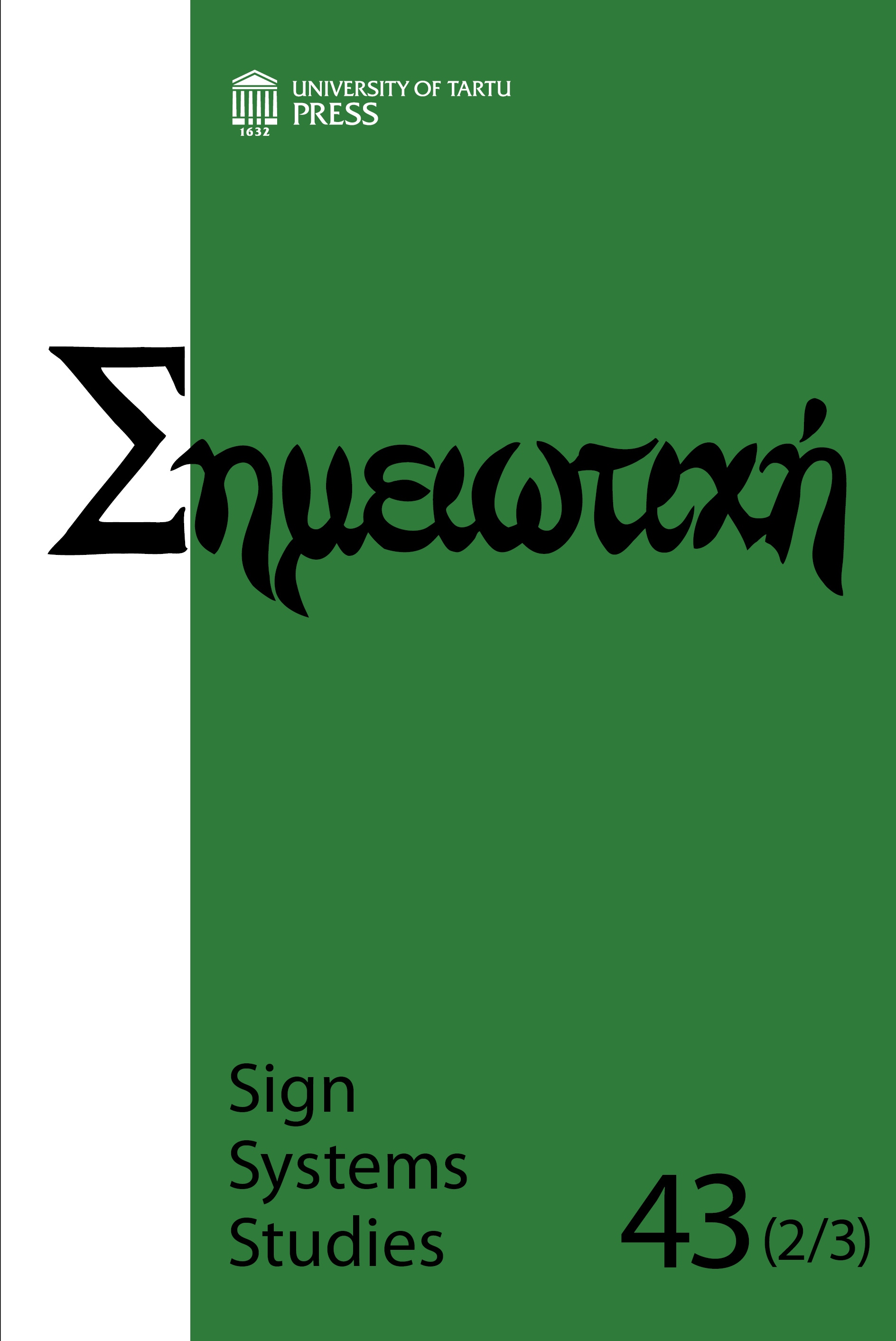Opposition theory and computational semiotics
DOI:
https://doi.org/10.12697/SSS.2015.43.2-3.01Keywords:
opposition theory, computational semiotics, metaphor identificationAbstract
Opposition theory suggests that binary oppositions (e.g., high vs. low) underlie basic cognitive and linguistic processes. However, opposition theory has never been implemented in a computational cognitive-semiotics model. In this paper, we present a simple model of metaphor identification that relies on opposition theory. An algorithm instantiating the model has been tested on a data set of 100 phrases comprising adjective-noun pairs in which approximately a half represent metaphorical language-use (e.g., dark thoughts) and the rest literal language-use (e.g., dark hair). The algorithm achieved 89% accuracy in metaphor identification and illustrates the relevance of opposition theory for modelling metaphor processing.Downloads
Download data is not yet available.
Downloads
Published
2015-11-30
How to Cite
Assaf, D., Cohen, Y., Danesi, M., & Neuman, Y. (2015). Opposition theory and computational semiotics. Sign Systems Studies, 43(2/3), 159–172. https://doi.org/10.12697/SSS.2015.43.2-3.01
Issue
Section
Articles


